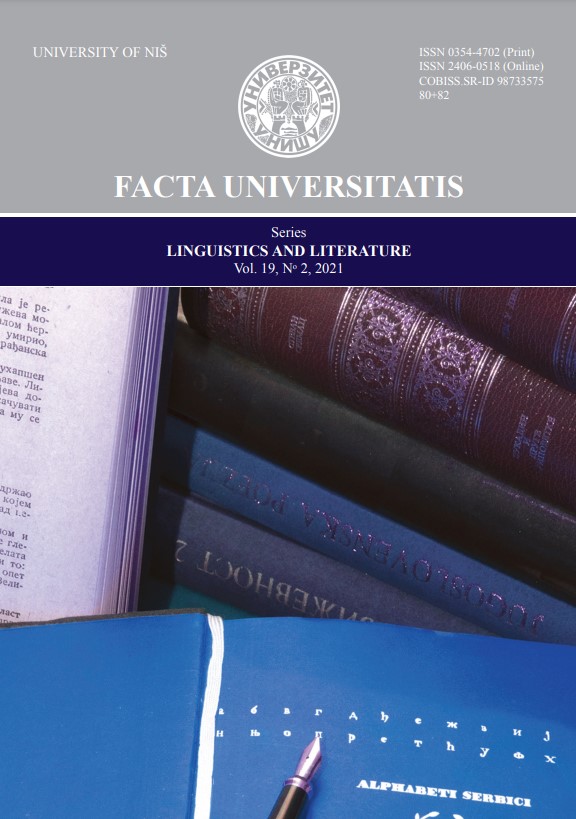MADAME BOVARY DE CLAUDE CHABROL ET LE MYTHE DE LA «FIDÉLITÉ»
MADAME BOVARY BY CLAUDE CHABROL AND THE MYTH OF “FAITHFUL” FILM ADAPTATION
Author(s): Biljana TešanovićSubject(s): Studies of Literature, French Literature, Film / Cinema / Cinematography, History of Art
Published by: Универзитет у Нишу
Keywords: Madame Bovary; film adaptation; Gustave Flaubert; Claude Chabrol
Summary/Abstract: Since its publication in 1857, Gustave Flaubert´s Madame Bovary has never ceased to be the subject of literary and film adaptations. Out of twenty or so film and television adaptations, the most famous are by Renoir (1933), Minnelli (1949), Sokourov (1989) and Chabrol (1991). Chabrol's film has been often criticized for its allegedly pious consistency with the original text. It is often compared to the works of Renoir and Minelli, but rarely to other adaptations, such as the adaptation by Sokurov, a free and mystical transposition of Flaubert's novel in the Caucasus. In this paper, we explore Chabrol's work, changing the point of view by disagreeing with the claim that his adaptation of Madame Bovary is faithful. We start from the principle that such a degree of “fidelity” in a film adaptation of a novel is just a myth (Alexie Tcheuyap), given the inevitable gap between the two media; this makes the most consistent film adaptation a form of original filmmaking. In the last part of the paper, we return to the concept of “bovarysme”, which Jules de Gaultier reformulated in 1902, allowing Emma Bovary to be viewed from a completely new angle, in accordance with Chabrol's special interpretation of the famous character.
Journal: FACTA UNIVERSITATIS - Linguistics and Literature
- Issue Year: 19/2021
- Issue No: 2
- Page Range: 221-232
- Page Count: 12
- Language: French

